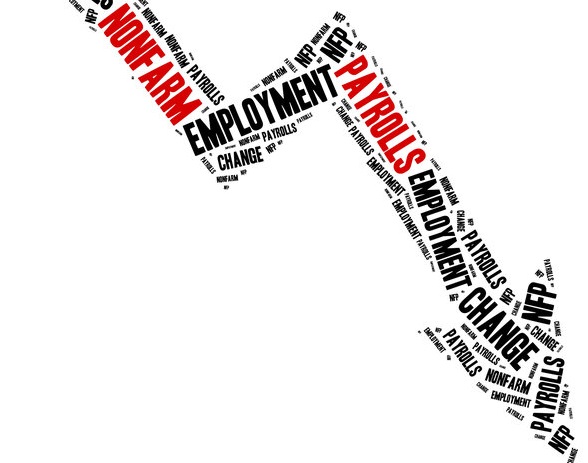The United States economy added 209,000 jobs in June 2023, following a downwardly revised 306,000 in May, and below market forecasts of 225,000. The labour force participation rate was unchanged at 62.6 percent, remaining at its highest level since March 2020.
It is the lowest reading since December of 2020, but remaining more than twice the 70,000-100,000 needed per month to keep up with growth in the working-age population.
Employment increased mostly in government (60K), namely local government (32K); health care (41K), mostly hospitals (15K), nursing and residential care facilities (12K); social assistance (24K); construction (23K); professional and business services (21K); and leisure and hospitality (21K).
Employment in leisure and hospitality remains below its February 2020 level by 369K. Meanwhile, employment fell in retail trade (-11K) and transportation and warehousing (-7K) and changed little for mining, quarrying, and oil and gas extraction, and manufacturing.
Nonfarm employment has grown by an average of 278,000 per month over the first 6 months of 2023, lower than the average of 399,000 per month in 2022.
The unemployment rate in the US decreased slightly to 3.6 percent in June 2023, which is lower than May’s seven-month high of 3.7 percent and in line with market expectations.
The jobless rate has fluctuated between 3.4 percent and 3.7 percent since March 2022, indicating a consistently tight labour market and allowing the Federal Reserve the flexibility to continue raising interest rates as a means to combat inflation.
The number of unemployed people decreased by 140 thousand to 5.96 million and employment levels rose by 273 thousand to 160.99 million. The so-called U-6 unemployment rate, which also includes people who want to work, but have given up searching and those working part-time because they cannot find full-time employment, rose to 6.9 percent in June from 6.7 percent in May.




